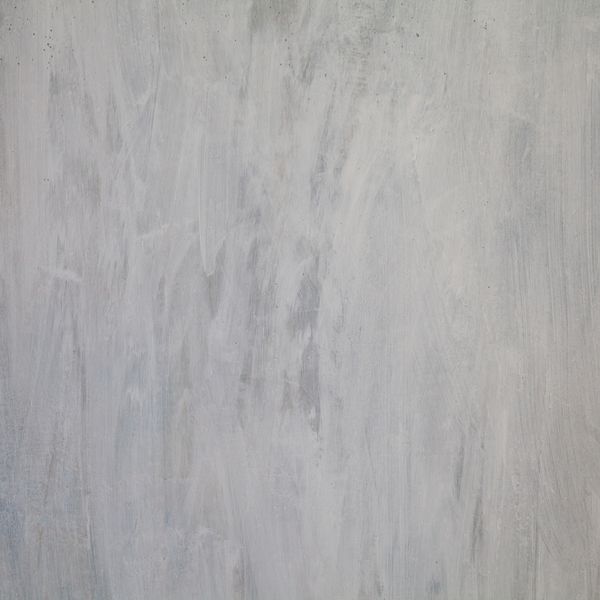The notion that sitting on concrete surfaces engenders physical ailments has permeated various cultural narratives. One prevalent belief suggests that this practice can lead to the emergence of piles, colloquially known as hemorrhoids. This assertion warrants a thorough examination through the lens of cultural relativism, allowing us to uncover the underlying motivations and societal dynamics that uphold such myths. To contextualize this discourse, we will first delineate the nature of piles, subsequently explore the anthropological implications of myths surrounding concrete surfaces, and finally scrutinize the intersection of health, environment, and culture.
Piles, or hemorrhoids, are swollen blood vessels located in the rectal region, a condition typically exacerbated by factors such as prolonged sitting, high intra-abdominal pressure, and straining during bowel movements. While the direct association between sitting on concrete and the development of this condition lacks robust scientific backing, the myth persists largely due to cultural beliefs and anecdotal evidence that circulate within various communities. As we challenge this narrative, we must also appreciate the cultural significance that the discomfort associated with concrete may hold for many.
Concrete, as a substrate for seating, represents a juxtaposition of the natural and the synthetic, a marker of modern civilization’s attempts to construct utilitarian structures. In this context, one might argue that the discomfort stemming from extended contact with rigid, cold surfaces elicits a visceral response that can be interpreted through cultural lenses. Anthropologists often assert that discomfort, whether physical or psychological, cultivates a narrative that may evolve into a myth—one that ultimately serves to reinforce social norms within certain cultural frameworks.
In many societies, the belief in the harmful effects of sitting on concrete can be seen as a reflection of a broader anxiety surrounding health and wellness. These anxieties are exacerbated by the rapid urbanization and industrialization that have come to dominate contemporary life. The notion that one’s well-being can be jeopardized by seemingly innocuous practices, such as sitting on a solid surface, speaks to a societal obsession with health risks, often magnified by media representation and anecdotal reports. Such concerns mirror a cultural inclination to externalize blame for personal health issues, channeling fears into easily articulated myths.
The cultural relativism perspective beckons us to appreciate how different societies construct narratives around health that are influenced by historical, geographical, and social factors. For example, in some cultures, there exists a profound respect for holistic health practices that prioritize natural remedies and preventive measures. In these contexts, the myth surrounding piles and concrete might reflect a deeper understanding of the interconnectedness of lifestyle choices, environmental factors, and health outcomes. Oppositely, in societies where medical interventions predominate, the myth may serve to underscore an aversion to self-examination and the nuances of one’s lifestyle choices.
Moreover, the preferences for seating materials—whether wood, cloth, or concrete—can also be indicative of sociocultural norms. Cultures that emphasize hospitality may prefer softer, more accommodating seating arrangements, thereby fostering environments that are perceived as nurturing. The rigid nature of concrete, in contrast, may signify an unforgiving approach to space utilization and social interactions. As such, the myth regarding piles may serve as an implicit critique of environments lacking warmth or comfort.
In exploring the psychosocial dimensions surrounding the myth, one cannot overlook the role that traditions and customs play in shaping health beliefs. The interplay between generational wisdom and modern health interpretations reveals that many longstanding beliefs are resilient, persisting amidst changing knowledge landscapes. Elders in various communities often impart cautionary tales regarding the consequences of sitting on hard surfaces, intertwining their concerns with practical advice for younger generations. In this way, the myth surrounding piles is not merely an isolated belief but is also infused with cultural narratives that may underscore respect for elders and the transmission of indigenous knowledge.
Environmental factors also demand attention when dissecting this myth. Prolonged exposure to cold surfaces, such as concrete, may result in discomfort or exacerbate existing health issues. However, the physiological mechanisms at play demand a nuanced understanding; one does not simply “catch” piles from sitting on a particular surface. Rather, factors such as diet, hydration, and exercise are essential components of an individual’s health trajectory. This interdependence highlights the importance of perceiving health not through a reductive lens but as a multifaceted construct influenced by myriad variables, including lifestyle and culture.
Ultimately, the fascination with the myth that sitting on concrete leads to piles reveals deeper cultural anxieties and health preoccupations. It serves as a reminder of the intricate ways in which folklore, tradition, and contemporary health beliefs intersect, shaping perceptions of risk and well-being. To debunk this myth satisfactorily requires embracing a more extensive dialogue that considers not only the physiological aspects of health but also the rich tapestry of cultural beliefs that color our understanding of such issues. Critical thinking and cultural relativism encourage the interrogation of these beliefs, allowing for a more holistic perspective on health that esteems traditional wisdom while recognizing the imperatives of modernity.
In summary, the assertion that sitting on concrete causes piles is a manifestation of broader sociocultural narratives steeped in tradition and contemporary health anxieties. By examining this myth through the lens of cultural relativism, we elucidate the underlying dynamics that contribute to its perpetuation, thus drawing attention to the complex interplay between environment, health, and cultural beliefs. Encouraging a critical appraisal of such myths will foster greater awareness of how cultural frameworks influence our perception of health and well-being.
